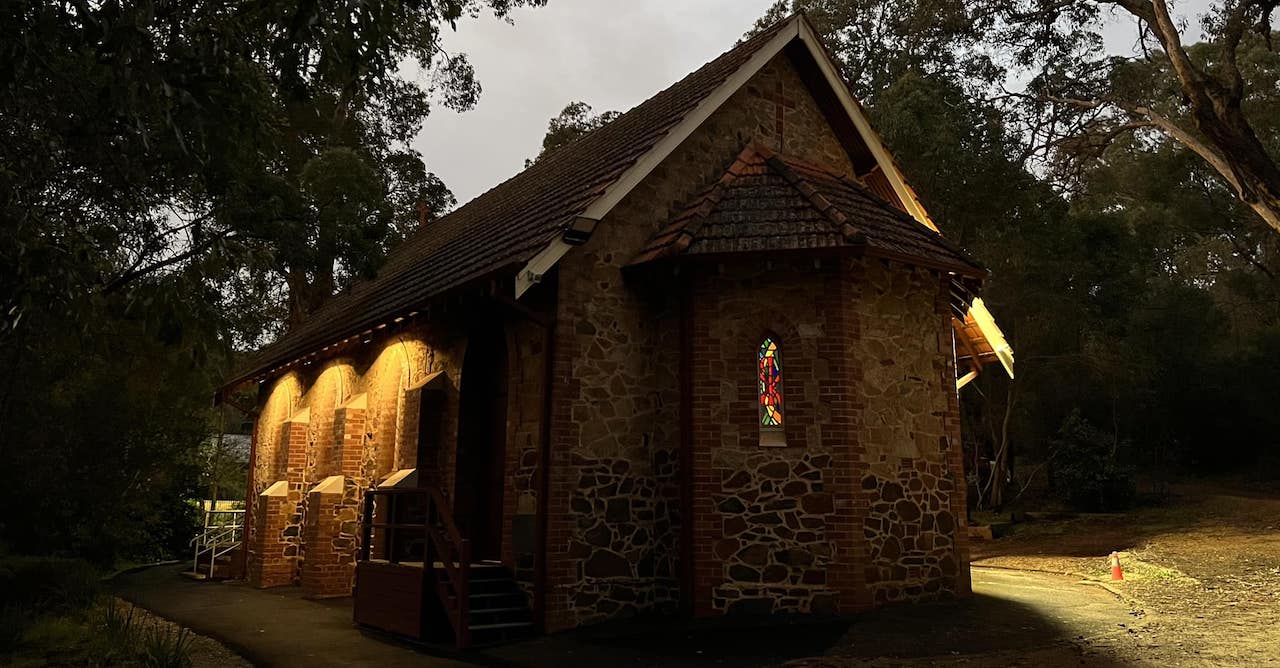This evening I went along to “Bridges to Peace”, a multi faith gathering hosted by the Anglican Parish of Darlington-Bellevue.
It was a fabulous evening, with a generous, warm-hearted discussion. Perspectives on faith and reason were given from the traditions of Hinduism, Judaism, Buddhism, Christianity, Islam and the Baha’i Faith. I was invited to offer a Christian reflection, which I’m posting below.
It was a gathering of people who were willing to listen, and willing to share. I’m looking forward to the next event, which is planned for May 2024.
A reflection on Faith and Reason from a Christian perspective
Text: Acts 17.16-31
The reading we heard earlier from the Acts of the Apostles, a New Testament text, comes from a time when Christianity was just emerging as a distinct faith, in the late first century. In it, we hear Paul, an early leader of my faith, talking to Greek philosophers. Intriguingly, he mentions what we might now call ‘natural theology’: he describes the peoples of the earth as searching for God, perhaps fumbling about for God, perhaps finding God; the God who is not far from us, but always close to us, the God in which we find our being.
From a Christian perspective, faith and reason have long been held together as two things in constant dialogue. The Christian confession of the Triune God, of God as three Persons in One Substance, is not just hard to grasp through reason alone: we understand that it cannot be entirely grasped, entirely defined through reason. Saint Augustine and others have observed that as we attempt to approach and describe God through theology, we encounter the limits of language, and run into a sort of wall: faith comes into view when we pray, rest for a time, and run at the wall again.
When we mention the word reason, we perhaps think of the scientific approach to the world. Robert Hooke, an English scientist working in the 17th century, was one of the first people in England to make detailed observations of the microscopic world. He was motivated not just by science, but by faith: looking through his microscope, he saw that natural things – from a Christian perspective, those things created by God – had a beauty and detail that was ever present, no matter how far he zoomed in. He found beauty in unlikely places – beauty even in the detail of the flea that he famously sketched in his book, Micrographia.
Yet when Hooke placed things made by humans under the microscope – nails, cloth, surgical instruments – he found that even the best, the greatest things we could make, which looked flawless to human eyes, were broken, crude, flawed, jagged, when viewed under the lens.
Hooke read this discovery through the lens of theology, as evidence for the contrast between the works of God and the works of humankind; between the works of the creator, and the created.
Modern Christians, and people of other faiths, might disagree with Hooke in his conclusions. Yet Hooke demonstrates for us faith and reason in dialogue: his Christian faith, and the Christian tradition of meaning-making from the experiences we encounter in life, brought into dialogue with the observations and inferences of his reason. In my own life, I approach new horizons of discovery – such as the images we are now receiving from the James Webb Space Telescope – in a way that’s perhaps similar to Hooke: taking joy in learning more of God’s self-disclosure within creation, and wondering at its beauty.
I’ll finish with a quote from the latter part of Nicholas of Cusa’s “Vision of God” – a 15th century work which intentionally holds together traditions of Christian scholasticism and the mystical, “via-negativa” approach to God.
You, O Lord, who work all things for Your own sake, created this whole world on account of the intellectual nature. You created as if You were a Painter who mixes different colours in order, at length, to be able to paint Himself—to the end that He may have an image of Himself wherein He Himself may take delight and His artistry may find rest.
- The Vision of God, Nicholas of Cusa, translated by Jasper Hopkins.
